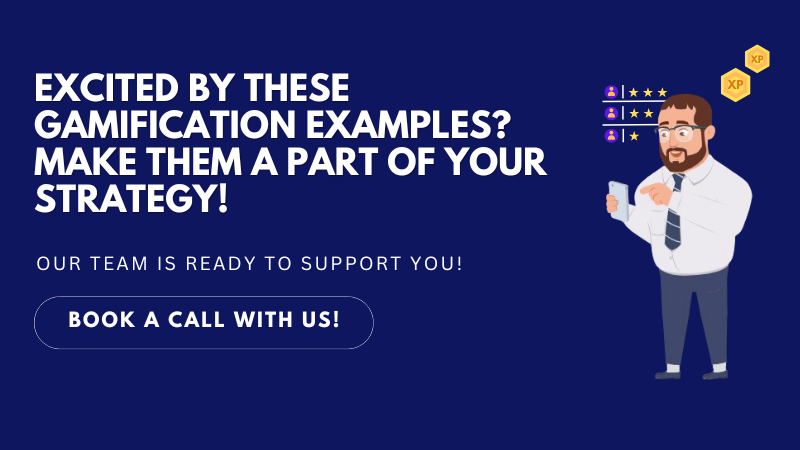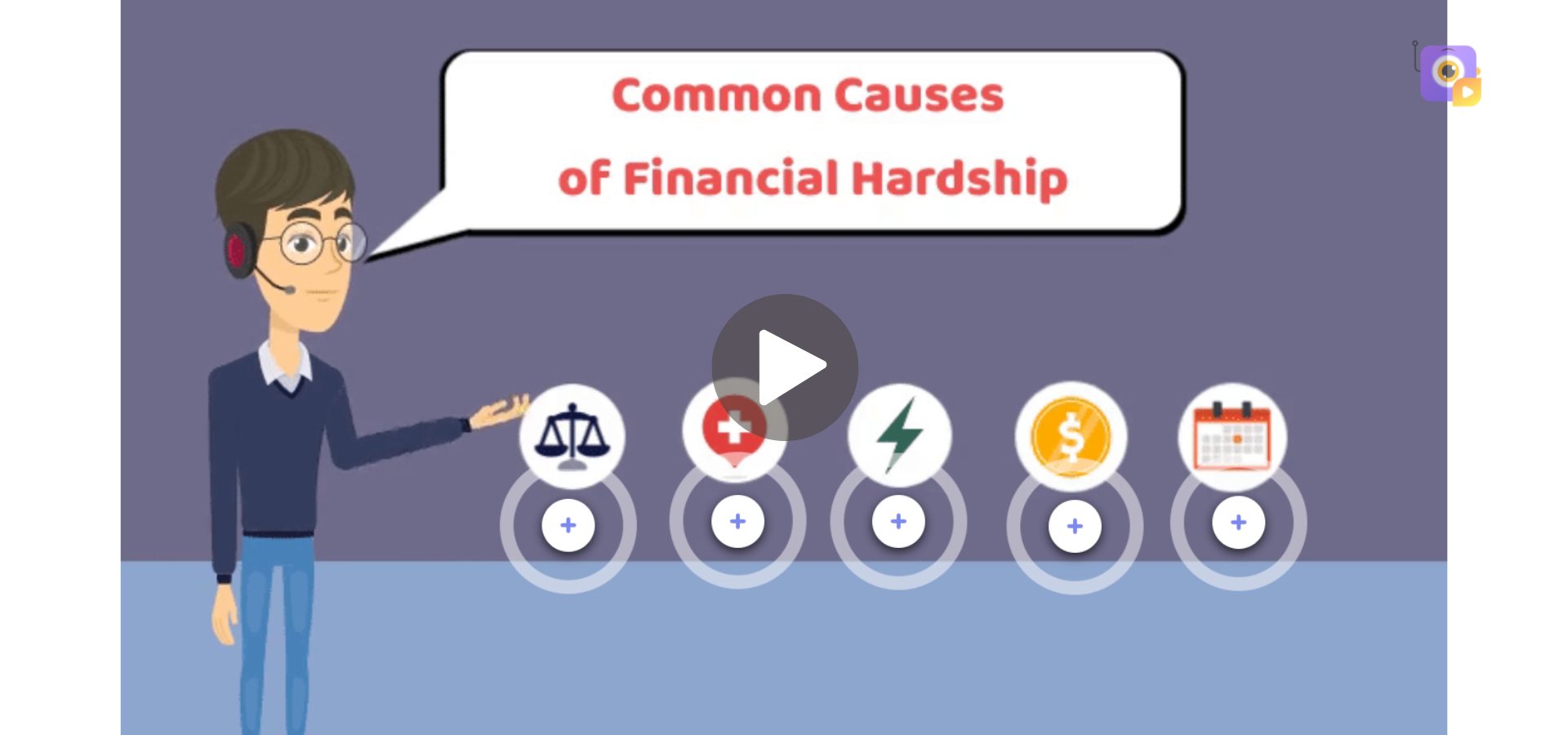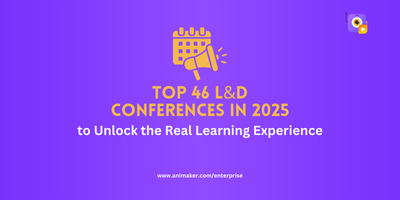Top 12 Gamification Examples to Attract Customers & Train Teams!
Ever wondered why playing games is so addictive? It’s that rush of leveling up, earning rewards, and competing to be the best, right?!
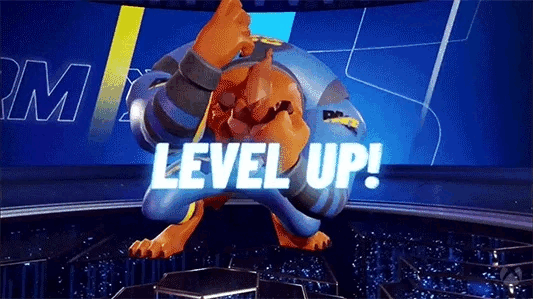
Now imagine tapping into that feeling to create unforgettable experiences that go beyond just entertainment.
What if the same excitement of earning points and unlocking achievements could be used to drive productivity at work, make learning more engaging, or even make you fall in love with a brand?
From gamification in training employees with interactive missions to attracting customers with fun challenges, gamification is changing the way we learn, work, and even shop!
In this article, we’re diving into some of the most exciting gamification examples—both in training employees and attracting customers.
From badges and leaderboards to point systems and challenges, these companies are getting creative with how they use game mechanics to motivate and engage.
- Duolingo
- Pepsi Max
- Roblox
- KFC Japan
- Starbucks
- Nike Run Club
- Greenlight
- Siemens
- Dominos
- Omnicare
- Microsoft
Ready to see how it’s done? Let’s begin
Gamification Examples - For Customers
1. Duolingo
Duolingo is a popular language-learning app that combines effective education with fun, game-like elements. It’s a fantastic example of gamification in action, and it’s one of the reasons why the app is so addictive for language learners worldwide.
The app integrates game-like elements that keep users motivated, starting with its XP points and levels system. Every time a user completes a lesson, they earn experience points, helping them level up and track their progress.
This system gives learners a sense of accomplishment and gives badges to encourage them to keep pushing forward. Duolingo also uses streaks to maintain daily engagement. The longer users practice consecutively, the higher their streak count - which taps into their desire not to break that momentum.
Additionally, Duolingo’s leaderboards add a competitive edge, allowing users to compare their progress with friends or global learners.
With playful animations, memorable characters, and a variety of fun challenges, Duolingo transforms language learning into an engaging, game-like experience that keeps users coming back for more.
2. Pepsi Max
Pepsi Max's 3D gamification campaign, known as the "Unbelievable" campaign, is a striking example of how brands can leverage immersive technology to engage consumers.
Launched in various locations, including a memorable activation in London, the campaign used augmented reality (AR) to create a thrilling experience for participants.
In the campaign, a bus shelter was transformed into an interactive 3D experience. When people waited at the bus stop, they were treated to stunning visual displays that made it appear as if they were witnessing incredible scenarios, such as a giant monster or a UFO invading the street.
The use of AR and 3D graphics created a sense of awe and surprise, effectively drawing in onlookers and encouraging them to share their experiences on social media.
This not only increased brand visibility but also created a buzz around Pepsi Max, positioning it as an innovative and fun brand.
3. Roblox
In 2018, Roblox launched Roblox Education, an innovative program designed to leverage the engaging nature of the Roblox platform to teach students essential skills in game design, programming, and collaboration.
Through Roblox Studio, students can create their own games, learning coding and design principles in a hands-on environment.
Additionally, Roblox Education emphasizes interactive learning through immersive 3D gamified experiences across various subjects such as science, history, and math.
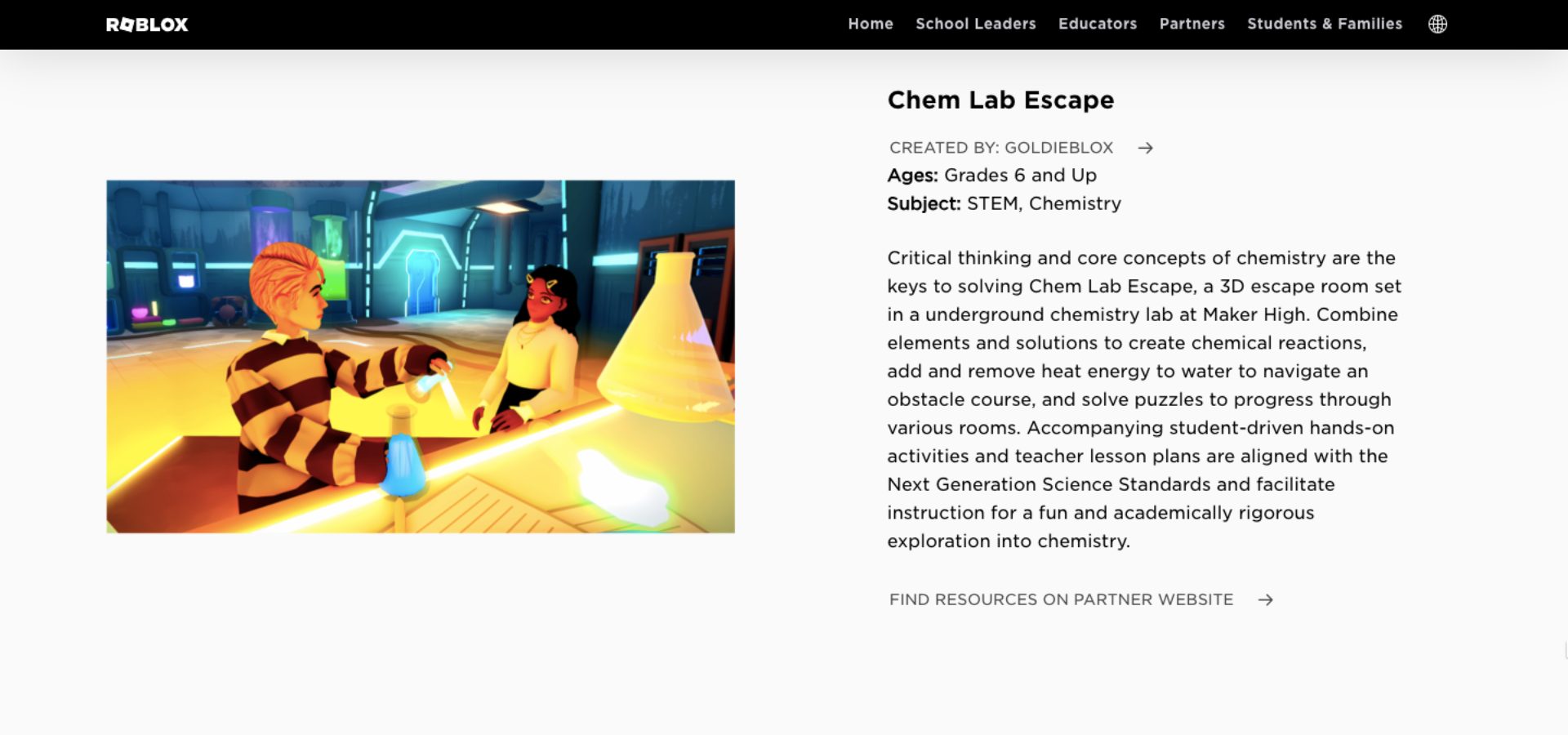
These educational games allow students to explore complex concepts visually, making learning more enjoyable.
Gamification elements like badges and achievements motivate learners, while events like game jams and competitions foster a sense of community, enabling students to showcase their creations and connect with peers.
4. KFC Japan
KFC Japan took an innovative approach to promote its new line of shrimp food items through gamification, collaborating with Gamify to create an engaging game called "Shrimp Attack."
In this game, players defend a KFC castle by slicing as many shrimp as possible, reminiscent of the popular "Fruit Ninja" game.
Accessible for free on the KFC website, the game allows players to earn reward coins that can be redeemed for discounted meal combos at their nearest KFC outlet.
This fun and interactive experience not only attracted attention but also significantly boosted customer engagement.
As a result, KFC Japan experienced a 22% increase in game registrations and a remarkable 106% growth in in-store sales, highlighting gamification's effectiveness in boosting customer loyalty and driving sales.
5. Starbucks
Starbucks is a global coffeehouse chain famous for its high-quality coffee and inviting atmosphere, providing a cozy space for customers to relax or socialize.

Starbucks has effectively used gamification in its rewards program, transforming the way customers interact with the brand.
The Starbucks Rewards program incorporates game-like elements that encourage customers to earn points, known as "Stars," for every purchase they make. As customers accumulate Stars, they can level up to different tiers, unlocking exciting rewards and benefits along the way.
The app also features engaging challenges and personalized offers, motivating customers to participate actively in the program. For example, users might receive bonus Stars for trying new menu items or making purchases during specific promotional periods.
Additionally, the app includes a progress tracker, allowing customers to see how close they are to reaching their next reward, adding an element of excitement and competition.
By turning the rewards process into an interactive and enjoyable experience, Starbucks builds a stronger connection with its customers and encourages them to come back again and again.
6. Nike Run Club
Nike Run Club (NRC) is a mobile app by Nike that supports runners of all levels by tracking runs, setting fitness goals, and connecting them with a community.

The app allows users to log their runs and earn rewards for their achievements, making the process of staying active both fun and engaging.
A key gamification element is the achievement badges users can earn for reaching milestones, such as running specific distances or completing workouts.
These badges not only provide a sense of accomplishment but also encourage users to push themselves further.
NRC also offers challenges that enable friendly competition among friends and the larger community, encouraging runners to improve their performance and remain consistent in their training.
7. Greenlight
Greenlight is a financial technology company that focuses on providing a modern banking experience for families and children.
Designed to make learning about money management engaging, the platform targets kids and teenagers, providing them with interactive tools to develop essential financial skills.
One of the core features of Greenlight's gamification strategy is its ability to set savings goals. Users can create specific targets for their savings, such as purchasing a new gadget or going on a trip.
As they work towards these goals, they receive visual progress updates that encourage them to save more.
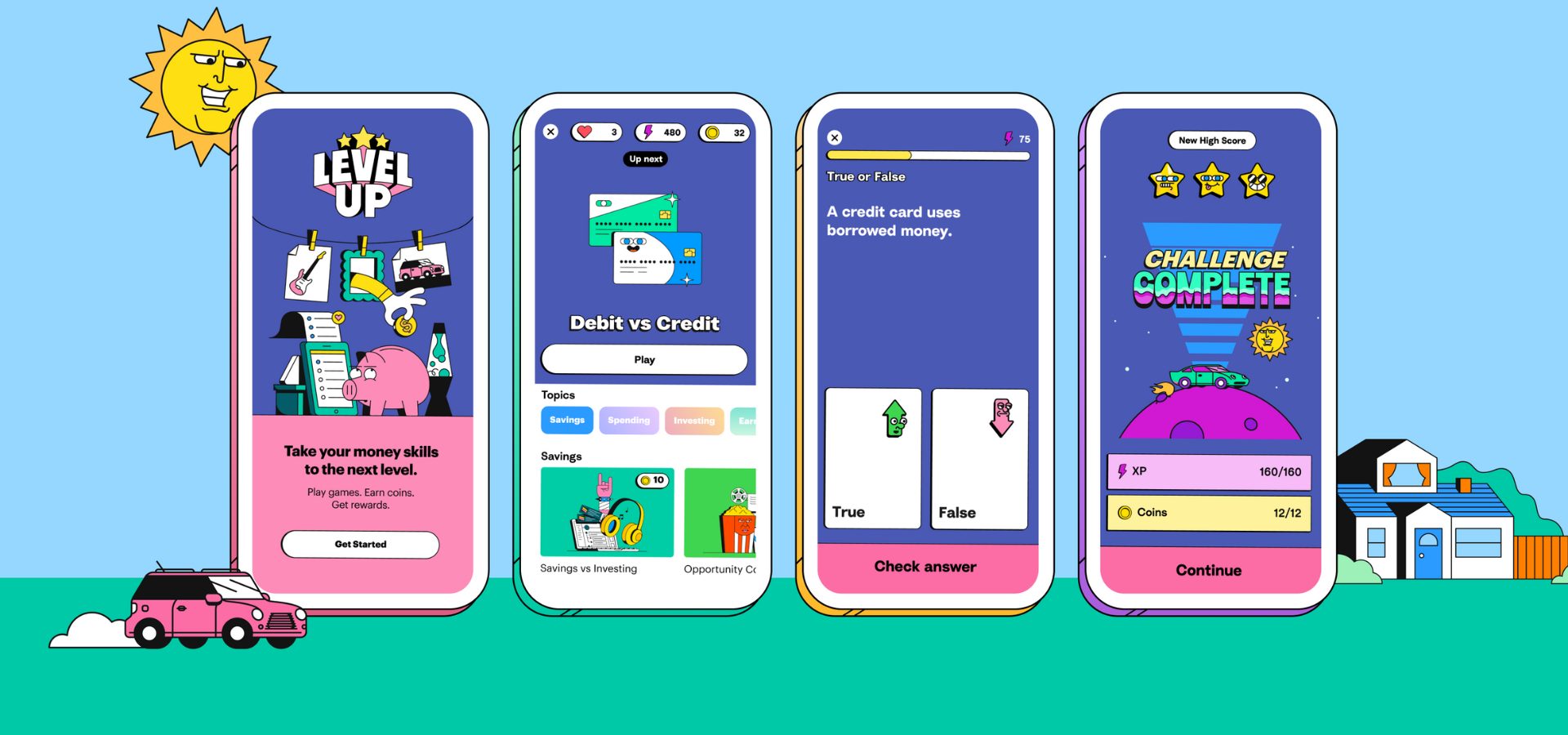
In addition to goal-setting, Greenlight offers a wealth of educational content covering budgeting, investing, and saving principles. Through interactive quizzes, challenges, and rewards for completing educational modules, the platform keeps users engaged while enhancing their financial literacy.
By incorporating these gamification techniques, Greenlight not only makes learning about money fun but also fosters responsible financial habits among younger generations, setting them up for future financial success.
Gamification examples - For employees
8. Siemens
Siemens, a global technology company, leveraged gamification in employee training through its virtual simulation game called Plantville.
In this game, the employees take on the role of industrial plant managers, making real-time decisions to improve plant performance, efficiency, and sustainability.
Through this game, employees learn about Siemens' products and solutions while managing a virtual plant.
The game encourages learning through challenges, rewards, and real-life scenarios, which helps employees understand complex industrial processes and decision-making in a risk-free environment.
9. Dominos
Domino's Pizza introduced the "Pizza Hero" course as part of its gamified training approach to teach new hires and existing staff about pizza preparation, company standards, and operational procedures.
In this course, employees engage in interactive, scenario-based training where they simulate real-life pizza-making processes.

The gamified elements include earning points, unlocking achievements, and completing challenges that mirror tasks they will encounter in actual store environments.
This gamified approach not only enhanced the speed and accuracy of pizza production but also boosted overall employee engagement and performance.
10. Omnicare
Omnicare, a subsidiary of CVS Health, a leading provider of pharmaceutical care services, faced long help desk wait times and high abandonment rates.

To tackle this, they gamified their customer service by incorporating game elements like points and rewards, boosting employee motivation.
Some of the top performers on leaderboards were given prizes like movie tickets or Amazon gift cards.
As a result of this gamification, wait times for customers were cut by 50%, and employee participation in the new system reached a remarkable 100%.
11. Microsoft
Microsoft took an innovative approach to improve the language quality of its Windows 7 system by introducing the Language Quality Game.
Recognizing that the process of reviewing translations could be monotonous, Microsoft turned it into a competitive game that made the task engaging and fun.

In this game, employees from around the world were encouraged to participate by reviewing and correcting translations within the operating system. Points were awarded for identifying and fixing errors, and leaderboards added a layer of friendly competition.
Beyond improving language accuracy, the game fostered a sense of teamwork and collaboration among employees from different regions, who felt more connected through a shared challenge.
12. Google
Google was having issues with staff not submitting their travel expense information promptly. To solve this, Google gamified its expense process.

Instead of simply reporting their travel expenses, employees who didn't spend their entire travel allowances had options to receive the leftover money in their next paycheck, save it for a future trip, or donate the funds to their chosen charity.
Within six months of implementing their gamified travel expense system, Google achieved a 100% compliance rating among staff.
These are the best-handpicked gamification examples used for customers and employees.
When it comes to crafting engaging gamification experiences, a variety of software solutions can help, including Spinify, Ambition, Gametize, and TalentLMS.
Whether your focus is on enhancing customer engagement or boosting employee performance, these tools offer innovative features to bring your gamification strategies to life.
In addition to these options, Animaker stands out as an excellent tool for creating compelling content that complements your gamification efforts.
But what is Animaker?!
Animaker is an AI-powered tool that allows you to create high-quality animated videos and gifs, which you can then add to your gamification experience.

Okay... But how can it complement your gamification experiences?
Animaker can complement your gamification experiences by providing dynamic and interactive content that enhances user engagement.
With Animaker, you can create visually captivating animated videos, explainer content, and interactive storytelling elements that integrate seamlessly into your gamification platform.
For instance, with Animaker, you can design scenario-based videos that allow users to make choices and receive immediate feedback, enhancing both learning and interaction.
Check out this scenario-based course created with Animaker, which you can easily incorporate into your gamified training experience for more engaging, interactive learning.
Isn't that impressive? Just think about how powerful it would be to have similar courses woven into your entire gamified approach!
Apart from this, the tool’s ability to create expressive characters and animations makes it ideal for interactive quizzes, progress animations, or reward announcements, giving users a sense of accomplishment and motivation to keep going.
By incorporating such visually stimulating content into your gamification strategy, Animaker ensures that your customers or employees remain actively involved in the experience, making it a powerful addition to any gamified project.
Additionally, Animaker supports collaboration features, enabling your team to collaborate seamlessly on content creation. This is especially useful for larger gamified projects that require input from various departments, ensuring consistency and efficiency in the content development process.
Moreover, Animaker features an AI-powered subtitle generator that instantly creates subtitles and can translate them into 130 languages.

Its AI voice generator offers over 2,000 voices in 200+ languages, allowing you to add voiceovers to narrate your videos effortlessly.

These tools enable you to create content tailored for a global market or workforce with ease.
Lastly, Animaker’s easy export options allow you to integrate your animated content as gifs or as videos across various platforms and devices, ensuring that users can enjoy a smooth, immersive experience whether they're on desktop, mobile, or tablets.
These impressive reasons should give you a compelling case to use Animaker in your gamification strategy, ensuring your content stands out and engages users on multiple levels.
To learn more about gamified training, check out the video below -
***
In this article, we explored a range of gamification examples that not only attract customers and build loyalty but also train employees effectively.
These approaches showcase how gamification can transform traditional methods into engaging experiences that resonate with users. By integrating interactive elements, businesses can create memorable moments that enhance learning and foster stronger connections with their audience.
Utilizing tools like Animaker allows you to elevate your gamified strategies with stunning animations and dynamic content, making your initiatives even more impactful.
Whether you’re looking to captivate customers or empower your workforce, these gamification examples provide a powerful means to drive engagement and success.
Embrace the potential of gamification and unlock exciting new opportunities for your organization!
Ready to take the next step? Click the banner below for expert advice on animated content in your gamification experiences.
